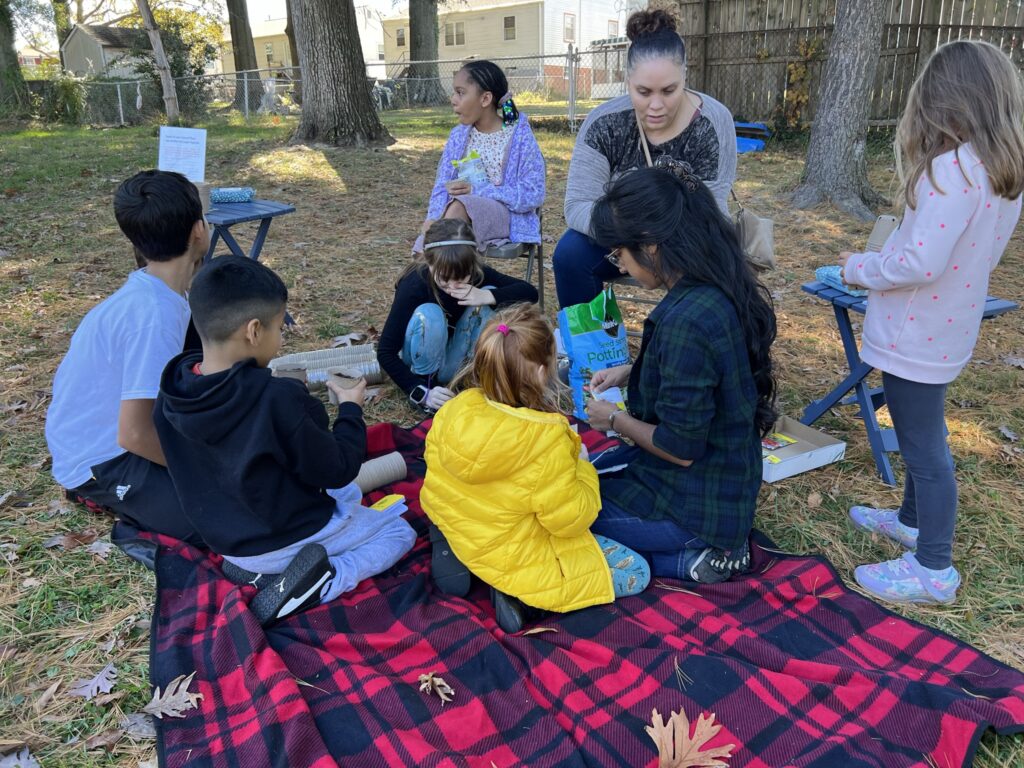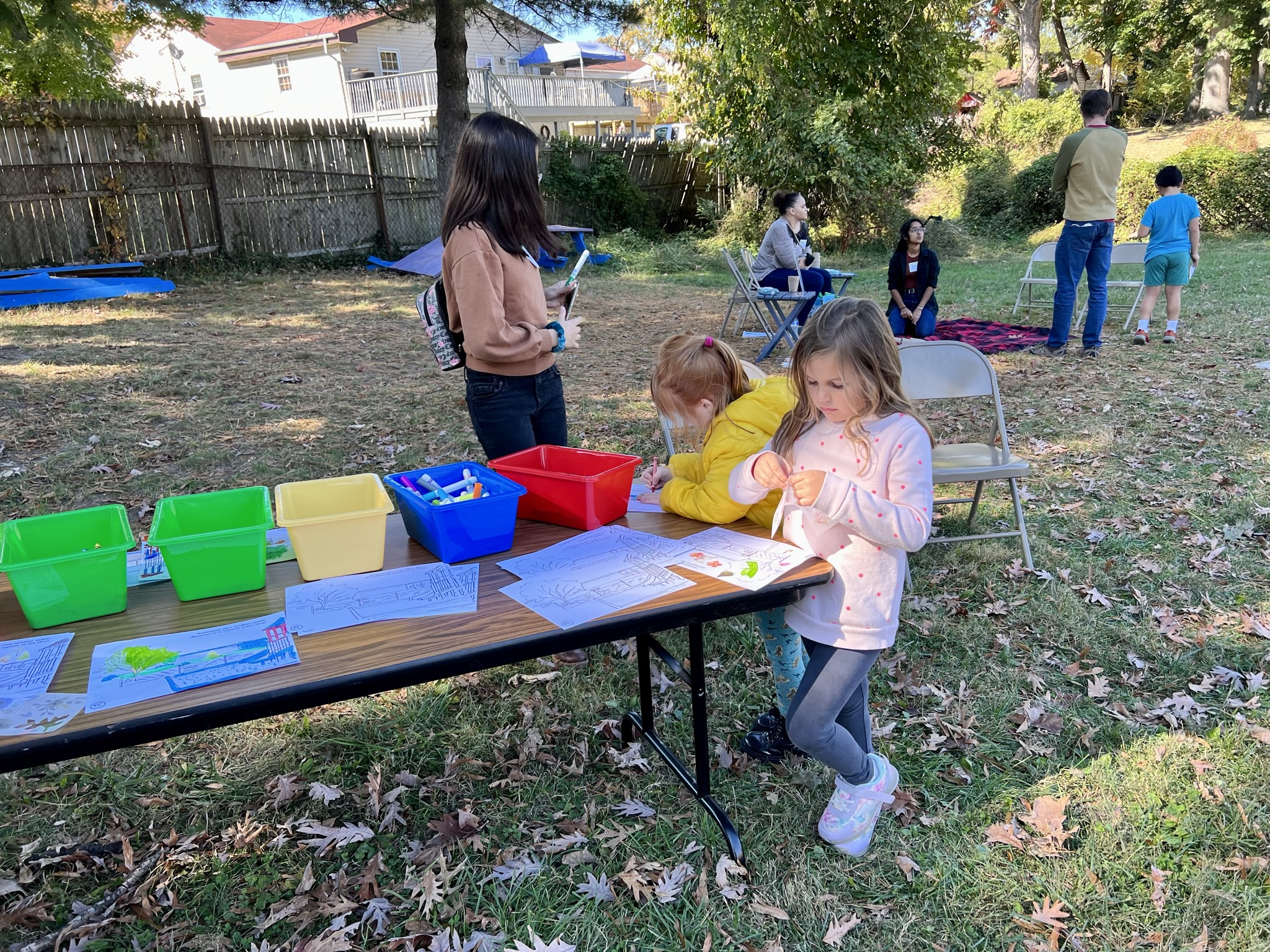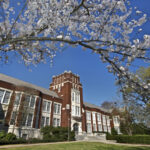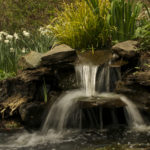A Sacred Place at César Chávez Elementary School
Infusing the school day with nature
César Chávez Elementary School, situated in Hyattsville, Maryland, is a public dual-language Spanish immersion school committed to fostering a safe learning environment designed to prepare students to become future leaders in a multicultural society. Approximately 90% of the school’s 355 students come from minority backgrounds, and a significant portion are native Spanish speakers. This diverse student body is at the heart of the school’s mission, which emphasizes academic excellence, respect, equity, and justice.
In a nutshell
School demographicsStudent Population: 355 The need for calming spacesPurpose: Aiding new students to adapt and providing all students with a space for mindful breaks Funding and partnershipsGrant Provider: Nature Sacred’s 2022 Neighborhood Nature Project Student engagement in designAge Range of Participants: 5 to 10 years old Educational impactSubjects Enhanced: Biology, Environmental Science, Architecture, Design Benefits of the Sacred PlaceFeatures: Meditation, calmness, interactive learning Downloadable Curriculum |
The Need
Recognizing the need for an inclusive, nurturing outdoor environment that would benefit all its students, César Chávez Elementary School identified the advantage of creating ‘calming spaces’. They saw the particular advantage of creating ‘calming spaces’ to aid students, especially those new to the school, in adapting to their environment. These areas, dedicated to mindful and meditative breaks, were envisioned as key in establishing a sense of connection and comfort for every student on campus. Additionally, the school’s administrators were eager to create a means to weave accessible nature into the academic curriculum to enrich various subjects including biology, environmental science, architecture, and design, thereby offering robust experiential learning opportunities.

The Solution
With these needs in mind, César Chávez Elementary School applied for, and was selected, for a grant via Nature Sacred’s 2022 Neighborhood Nature Project to create a Sacred Place at the school. Nature Sacred devised a unique charrette process specifically designed to engage the school’s students, who range in age from 5 to 10 years old. This creative process played a pivotal role in shaping the Sacred Place, ensuring it was a true reflection of the students’ needs and desires.
During the charrette sessions, children were provided with markers, stickers, and various art supplies, enabling them to express their ideas for the Sacred Place through drawings and colors. This method proved particularly effective as it allowed the students to vividly communicate their thoughts and visions visually. The children’s artwork became a crucial component of the design process, with their collective imagination directly influencing the final layout and features of the Sacred Place.
This approach by Nature Sacred was more than just a design exercise; it was a means to ensure the eventual Sacred Place is one they will feel deeply connected to. Signs prompting them to “Reimagine your outdoor space” or “Reimaginar su espacio al aire libre” were strategically placed to stimulate and guide their creativity.
The resulting design of the Sacred Place incorporated elements from the students’ drawings, ensuring that their visions were captured — as well as those of administrators who desired a space conducive to meditation, calmness, and interactive learning. This new Sacred Place was designed to enhance creativity and interaction, providing a comforting and engaging environment, especially important in the aftermath of the COVID-19 pandemic.
To ensure students benefit from the learning opportunities associated with their space, teachers at the school created a formal curriculum that is freely available to other schools interested in integrating nearby nature into their lesson plans. Examples of how it can be integrated into lessons: students can engage in projects like designing structures to mitigate the effects of sunlight on Earth and exploring the biology of plants, particularly focusing on roots and stems.
These activities in the Sacred Place offer interactive and tangible learning experiences, fostering a deeper engagement with the curriculum and a stronger bond with the environment and school community.





